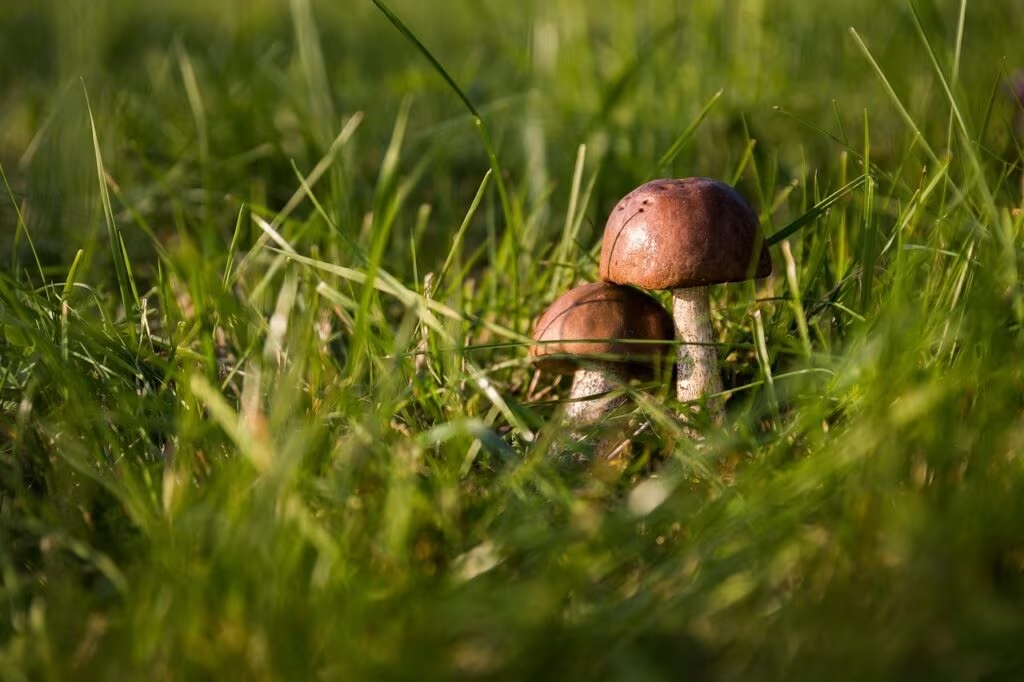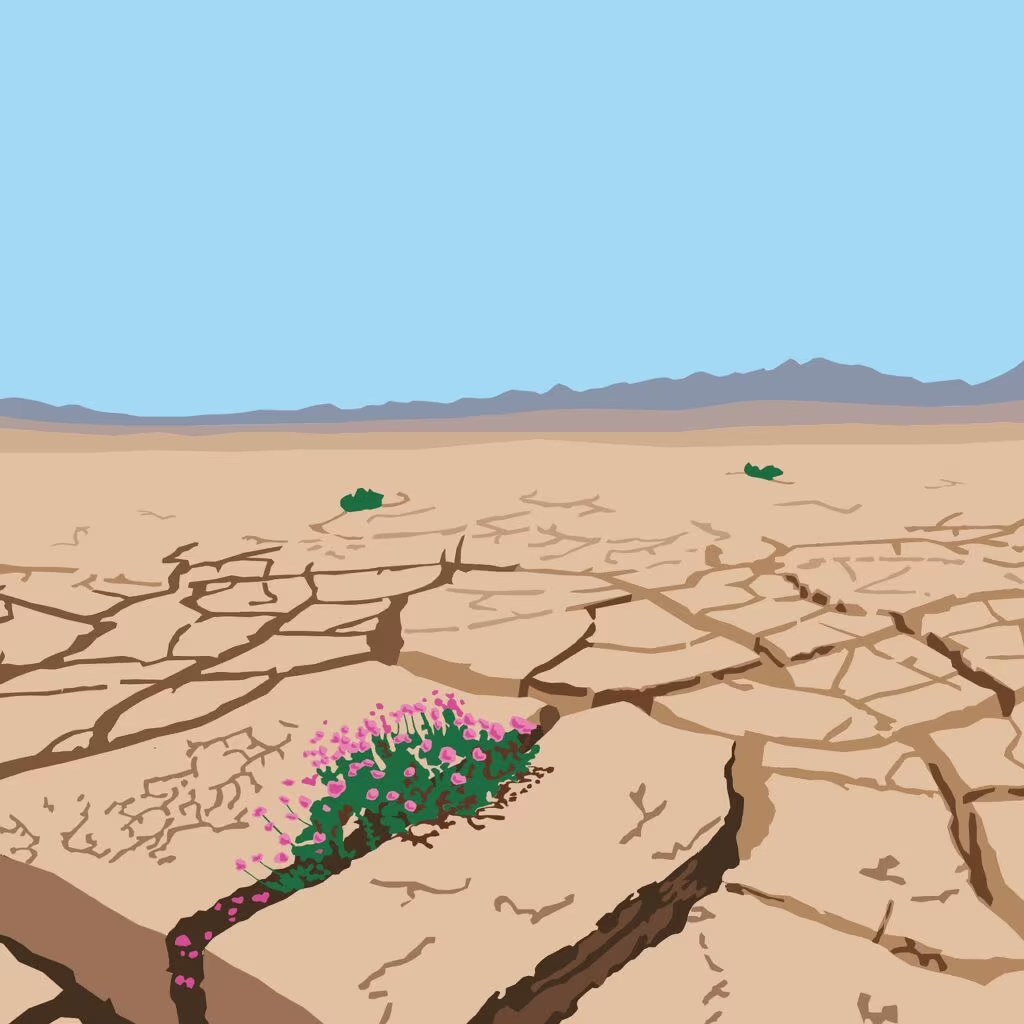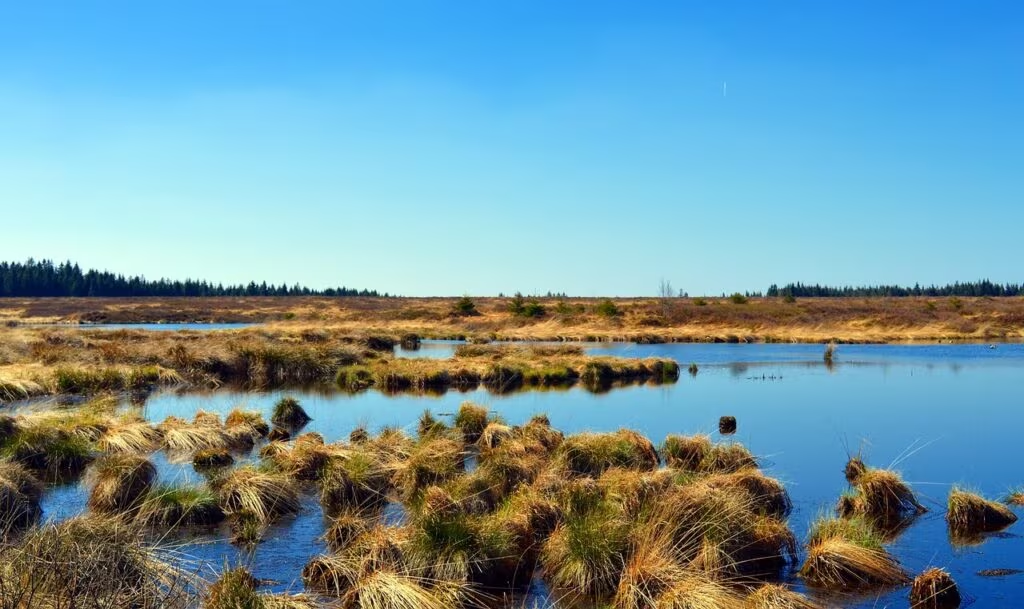The Unsung Conquerors of Land: Why Mosses Matter
Mosses, the unassuming green carpets that cling to rocks and tree trunks, represent one of the greatest success stories in evolutionary history. Far from being simple, primitive plants, these organisms—known scientifically as bryophytes—are foundational to terrestrial life. They are older than nearly every other plant we see today, predating flowers, grass, ferns, and even the earliest trees.

Their resilience and unique biology offer a profound look into how life first colonized dry land, marking a giant leap for ‘mosskind’—a quiet, persistent triumph that began hundreds of millions of years ago.
A Timeline Older Than Trees: Mosses in Deep History
To understand the significance of mosses, one must appreciate their timeline. While the first flowering plants (angiosperms) appeared around 140 million years ago, and the great fern forests flourished during the Carboniferous period, mosses were already established during the Ordovician period, roughly 470 million years ago.
This makes them some of the very first organisms to transition from aquatic environments to the harsh, dry conditions of the land. This evolutionary step was monumental, paving the way for all subsequent terrestrial plant life.
The Evolutionary Challenge
When mosses first emerged, the land was a barren, rocky landscape exposed to intense ultraviolet radiation and prone to extreme desiccation. The success of bryophytes hinged on a few key adaptations that allowed them to survive without the sophisticated internal systems that later plants developed:
- Desiccation Tolerance: Mosses are poikilohydric, meaning their internal water content fluctuates with the environment. They can dry out completely (entering a state of suspended animation) and rehydrate rapidly when water becomes available, a trait crucial for survival in fluctuating climates.
- UV Protection: Their structure and chemical composition provided early protection against the damaging UV radiation prevalent before the ozone layer fully developed.
- Pioneering Soil Formation: By settling on bare rock, mosses helped break down minerals and trap organic matter, initiating the process of soil creation that was essential for larger, rooted plants to follow.
The Blueprint for Bryophytes: Anatomy of Survival
Unlike vascular plants (tracheophytes) that rely on specialized tissues like xylem and phloem to transport water and nutrients, mosses operate on a much simpler, yet highly effective, structural plan.
The Water Challenge: No True Roots
Mosses lack true roots. Instead, they anchor themselves using fine, hair-like structures called rhizoids. These rhizoids primarily function for attachment, not for water absorption. Water and nutrients are absorbed directly through the entire surface of the plant, particularly through the leaf-like structures known as phyllids.
This simple structure dictates their habitat: they must live in places where water is readily available, even if only intermittently, such as damp forests, riverbanks, or shaded rocks.

The Life Cycle: Gametophyte Dominance
Another defining feature of mosses is their life cycle, which is dominated by the gametophyte generation. This is the familiar, leafy green plant we recognize. The sporophyte generation, which produces spores, is short-lived and usually appears as a stalk with a capsule (sporangium) growing out of the gametophyte.
Crucially, moss reproduction is dependent on water. The male gametes (sperm) must swim through a film of water to reach the female gametes (eggs), a requirement that links their reproductive success directly back to their ancient aquatic origins.
Ecological Powerhouses in Miniature
Though small, the collective impact of mosses on global ecosystems is immense, particularly in cold and wet environments.
The Role of Peat Moss (Sphagnum)
One genus, Sphagnum (peat moss), is arguably the most ecologically significant group of mosses. Peat bogs, which are largely composed of dead, compressed Sphagnum, cover vast areas of the planet, especially in the Northern Hemisphere. These bogs are vital for several reasons:
- Carbon Sequestration: Peat bogs store an estimated 500 billion tons of carbon globally. This is more carbon than all the world’s forests combined. Their role in regulating atmospheric carbon dioxide levels is critical, making their preservation a major climate priority.
- Water Regulation: Peat moss acts like a giant sponge, holding enormous amounts of water. This helps regulate regional water cycles, preventing flooding and maintaining stream flow during dry periods.
- Unique Habitats: Peat bogs create highly acidic, nutrient-poor environments that support unique and specialized flora and fauna, including carnivorous plants.
Mosses and the Future of the Planet
In the context of climate change, the study of mosses has become increasingly relevant. Their ability to survive extreme temperature fluctuations and prolonged drought makes them excellent subjects for understanding plant hardiness. Furthermore, as bio-indicators, changes in moss populations can signal shifts in local air and water quality.

Their ancient, simple survival strategy—being able to essentially pause life until conditions improve—is a testament to evolutionary efficiency that modern agriculture and ecology seek to emulate.
Key Takeaways: The Quiet Triumph of Bryophytes
Mosses are far more than just green ground cover; they are living relics that shaped the planet’s surface and atmosphere. Here are the essential facts about their enduring success:
- Ancient Lineage: Mosses (bryophytes) are approximately 470 million years old, predating almost all other major plant groups.
- Non-Vascular Structure: They lack true roots and internal plumbing (xylem/phloem), absorbing water directly through their surface.
- Survival Masters: They exhibit remarkable desiccation tolerance, allowing them to survive complete drying out and rapid rehydration.
- Ecological Importance: Peat moss (Sphagnum) is crucial for global carbon sequestration, storing more carbon than all other forests combined.
- Pioneers: They played a fundamental role in creating the first terrestrial soils, enabling the colonization of land by more complex flora.
Conclusion: The Quiet Success of Mosskind
Mosses represent a profound example of evolutionary success through simplicity and resilience. They solved the fundamental problem of surviving on land millions of years before the development of complex vascular systems. Their quiet persistence—the ability to wait out unfavorable conditions and spring back to life—is a powerful biological strategy.
As scientists continue to study their unique genetic and structural mechanisms, mosses offer invaluable insights into climate adaptation, soil health, and the deep history of life on Earth. Their small stature belies their giant impact, confirming their status as true pioneers of the terrestrial world.
What’s Next
Ongoing research focuses on leveraging the desiccation tolerance genes found in mosses to improve crop resilience against drought, a critical area of study as global climates become more volatile. Furthermore, efforts to protect and restore peatlands are intensifying, recognizing their irreplaceable role in mitigating climate change by maintaining their vast carbon stores.
Originally published: November 24, 2025
Editorial note: Our team reviewed and enhanced this coverage with AI-assisted tools and human editing to add helpful context while preserving verified facts and quotations from the original source.
We encourage you to consult the publisher above for the complete report and to reach out if you spot inaccuracies or compliance concerns.

